Teeter totters as activism: How the border wall became a playground
When UC Berkeley architect Ronald Rael took his bright pink teeter totters to the U.S.-Mexico border wall, he didn’t know what he and his team did next would go viral. He just wanted to create a moment where people on both sides of the wall felt connected to each other. “Women and children completely disempowered this wall for a moment, for 40 minutes,” says Rael. “There was a kind of sanctuary hovering over this event.”
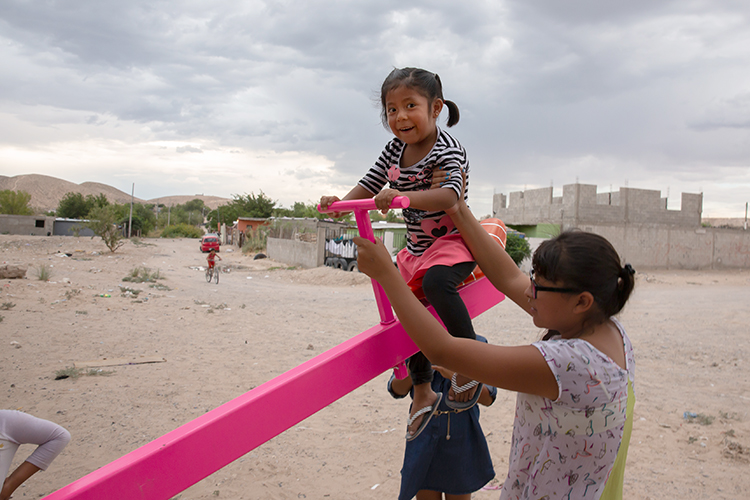
As UC Berkeley architect Ronald Rael was driving to the U.S.-Mexico border wall, his heart was pounding. It was July 29, 2019, and he had a plan.
Rael, the acting chair of the Department of Architecture in the College of Environmental Design, had just visited a metal fabrication shop in Ciudad Juárez, Mexico, where he picked up three neon pink teeter totters with sparkly, striped banana seats.
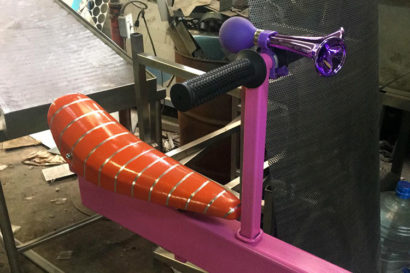
Over the course of about a month, Mexican metal artisans worked with Rael and his partner, Virginia San Fratello, and Omar Rios, a member of the artist collective Colectivo Chopeke, to build the teeter totters.
Rael, Rios, metal artisan Saul Cordero and Juárez-based graffiti artist Waka Waffles had loaded them into a truck. Together, they were making the 40-minute drive to the border.
When they got to the neighborhood, Puerto de Anapra, people who lived nearby came out to see what was happening.
On the U.S. side, in Sunland Park, New Mexico, San Fratello, along with friends, artists and onlookers, stood ready and waiting.
It was go time.
Rael, Rios and Waffles pulled the teeter totters out and quickly slid them through the slats in the border wall. San Fratello clicked on the seats and handlebars, and in a matter of seconds, people from both sides climbed onto the teeter totters and began to ride them.
“In many ways, I don’t remember the event itself, because my adrenaline was so high,” says Rael. “Children in the village were coming and playing, and you couldn’t really see well to the other side. There were people yelling and trying to communicate on one side, going back and forth in two languages.”
Soon, U.S. Customs and Border Protection showed up.
“And I thought, ‘Oh, what’s going to happen now?’”
The officers asked what was happening, and Rael’s team explained that they were having an event with the kids. And they said, “OK,” and pulled over to watch.
Then, five minutes later, members of Mexico’s National Guard showed up with giant guns.
“And I thought, ‘Oh, man, what’s going to happen now?’”
But after asking if everyone was a Mexican citizen, which they weren’t, the soldiers started taking photos and smiling, and walked away.
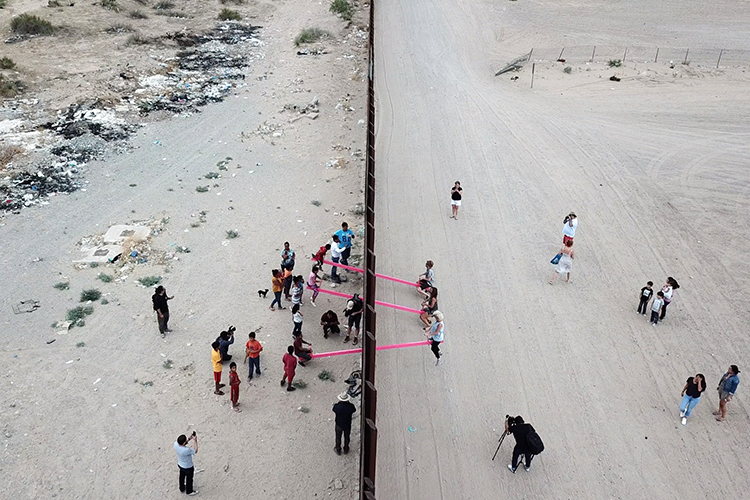
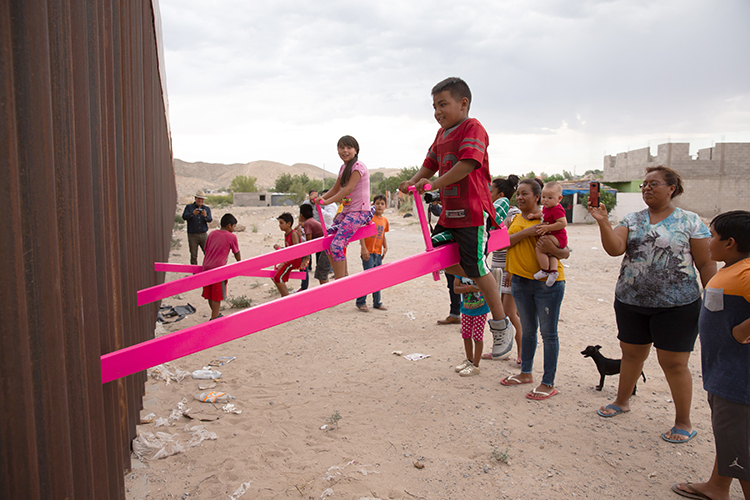
“Women and children completely disempowered this wall for a moment, for 40 minutes. There was a kind of sanctuary hovering over this event.”
The wall, a place Rael says is normally a site of violence and oppression, had been transformed — even if just for a moment.
It was just as he had imagined when he first drew up his ideas for his 2017 book, Borderwall as Architecture. In the book, he conceives of ways to conceptually dismantle the wall, to disempower it, by imagining places where people can share books, play volleyball, ride bikes or play on teeter totters, as the first step towards its actual dismantling.
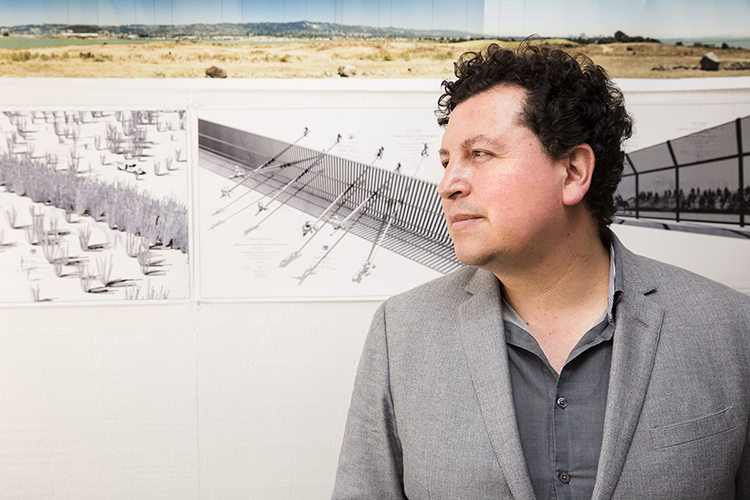
“And so, we thought that this would be a moment that we should just test this idea about bringing people together at the border in a way that those original drawings spoke to,” says Rael.
“But it was also a moment to show to the world a very important reality of the border, which is that the border isn’t a desolate place where no one lives. This is a world where women live and children live, and that we can use play as a kind of vehicle for activism.”
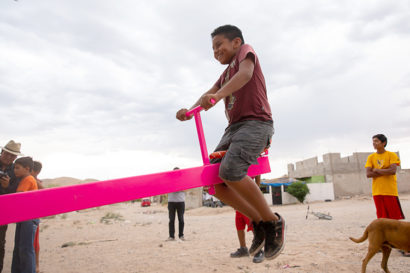
After more than a half hour, the kids started to get tired of riding on the teeter totters, as kids do. And the event naturally came to an end.
Rael imagines a time when the more than 700 miles of border wall that divides the U.S. and Mexico finally comes down.
And, he says, it’ll be partly the responsibility of architects to figure out how to stitch the two sides back together, and to heal the scars that’ll remain.
